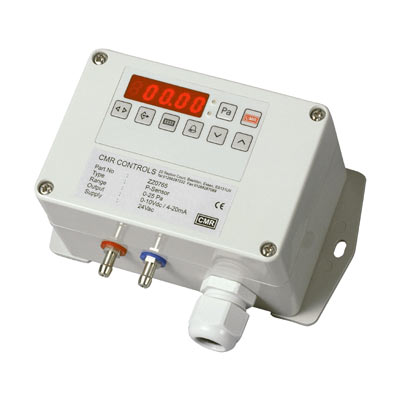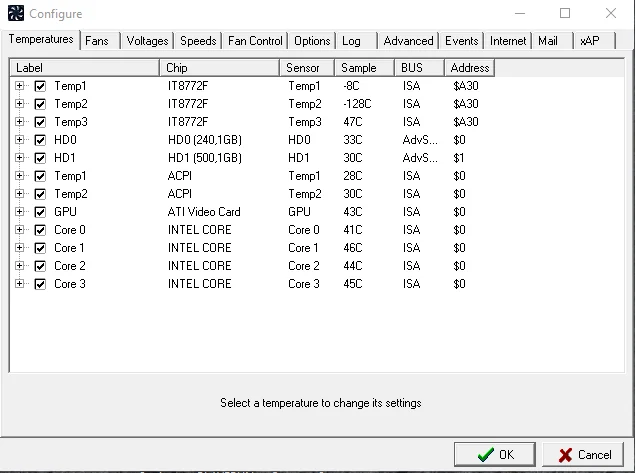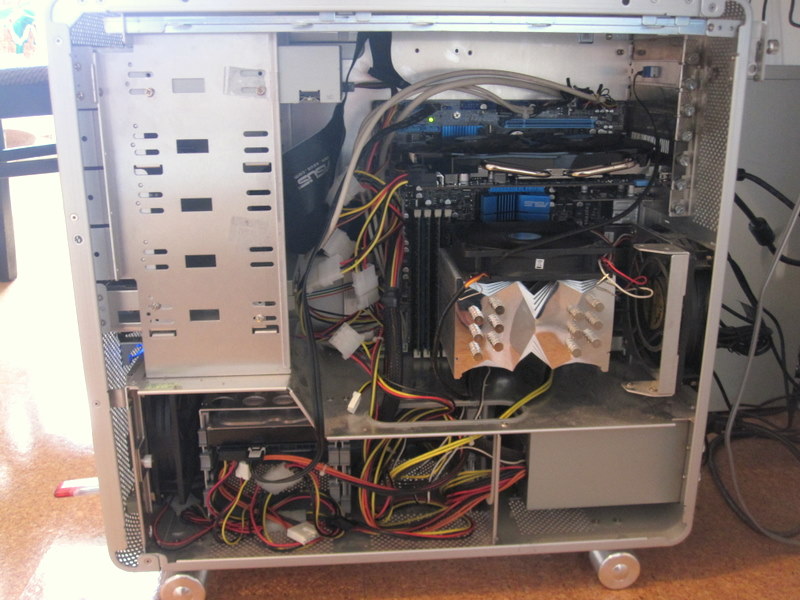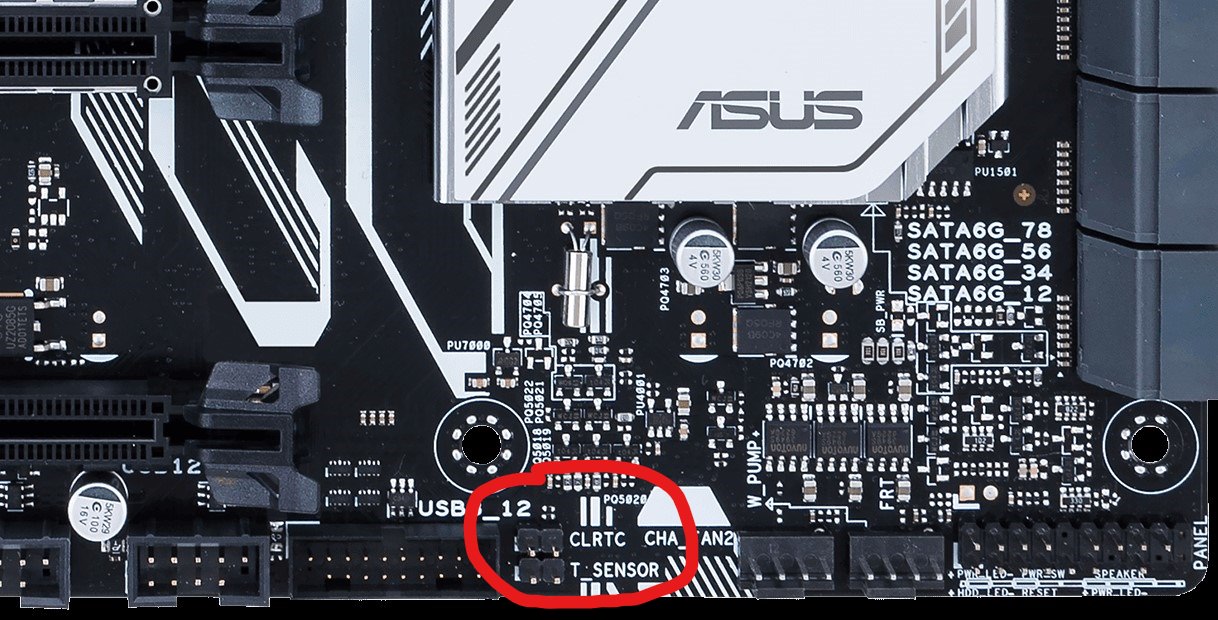For all users of Linux who depend on breathing to keep an eye on the hardware, it’s possible that the ” Temple 1″ appeared in your mother’s board temperature data. However, what precisely does Temp1 mean? It’s essential that you acknowledge you can run the system safely and effectively.
What is a P sensor?
A Linux graphical user interface program called P sensor is used to track the temperature of the system’s hardware. Utilizing the information supplied by l m-sensors, a software program that gathers temperature readings from multiple sensors built into your hardware, it operates.

By keeping an eye on the CPU, GPU, hard drive, and motherboard temperatures, P sensors help users make sure all of the system’s parts are working within safe bounds.
Knowledge of Temp1 in P sensor:
One of the generic names that P sensor gives to the temperature sensor on your motherboard is Temp1. However, the setup of your system may affect which particular component this sensor monitors. In several instances, Temp1 could stand for:
- The temperature of the motherboard’s chipset.
- The CPU is powered by the voltage regulator module (VRM).
- Thermal monitoring is essential in yet another vital motherboard area.
Because P sensors and I m-sensors extract raw data from the hardware and manufacturers frequently fail to identify sensors consistently, there is no formal designation for these sensors. As a result, the model and configuration of your motherboard determine what Temp1 means.
Why Monitoring Temp1 is Important:
Since Temp1 frequently indicates the condition of important motherboard components, monitoring it is essential. Instability, performance slowdown, or even irreversible hardware damage might result from high temperatures in certain regions. For instance, high heat may affect the power delivery of your CPU or the overall dependability of your system if Temp1 is the VRM or chipset.
How to Identify What Temp1 Refers to:
The following procedures will assist you in determining what Temp1 in your system means if you’re not sure:

- Examine your motherboard’s documentation: For details on the locations and functions of the sensors, consult the documentation that came with your motherboard or online support resources.
- Make use of terminal commands: Once lm-sensors have been installed, run sensors in the Linux terminal to view comprehensive temperature readings. On occasion, this can give Temp1 further background.
- Examine the BIOS/UEFI Settings: A lot of contemporary motherboards show sensor data there, labeled more clearly.
- Test Correlations: Examine how Temp1 behaves under various loads (such as stress testing or gaming) to determine whether it is associated with the activity of a certain component.
Troubleshooting High Temp1 Readings:
You must take immediate action if you observe abnormally high temperatures for Temp1. The following are some typical reasons and fixes:
1. Poor Airflow or Cooling

- Cause: The PC case’s ventilation is inadequate.
- Solution: Make sure there is enough airflow in your case by installing fans or moving the ones that are already there.
2. Dust Accumulation
- Cause: Dust accumulation on fans and parts lowers cooling effectiveness.
- Solution: To get rid of dust, use compressed air to clean your system on a regular basis.
3. Overclocking
- Cause: operating the CPU or GPU without enough cooling at faster than usual speeds.
- Solution: Lower the overclock settings or spend more money on superior cooling options, such as liquid cooling systems or high-performance air coolers.
4. Thermal Paste Degradation
- Cause: Thermal paste on parts such as the CPU or chipset that is outdated or applied incorrectly.
- Solution: To enhance heat transfer, reapply a premium thermal paste.
Limitations of Temp1 in P sensor:
Even while P sensor is an effective tool, generic names like Temp1 can occasionally lead to misunderstandings. Here are certain restrictions. to be aware of:

- Ambiguity: Because of its ambiguous definition, users must research Temp1’s precise function for their particular system.
- Sensor Accuracy: Certain sensors can indicate unused numbers or not give accurate measurements at all.
- Manufacturer Variations: The intricacy is increased by the fact that different motherboard makers handle sensor labels and data in different ways.
Conclusion:
The hardware of your system determines the precise role of Temp1, which in P sensor stands for one of the temperature sensors on your motherboard. You may prolong the life of your system and avoid performance problems by routinely checking this reading to make sure your components are operating within safe temperature ranges.


